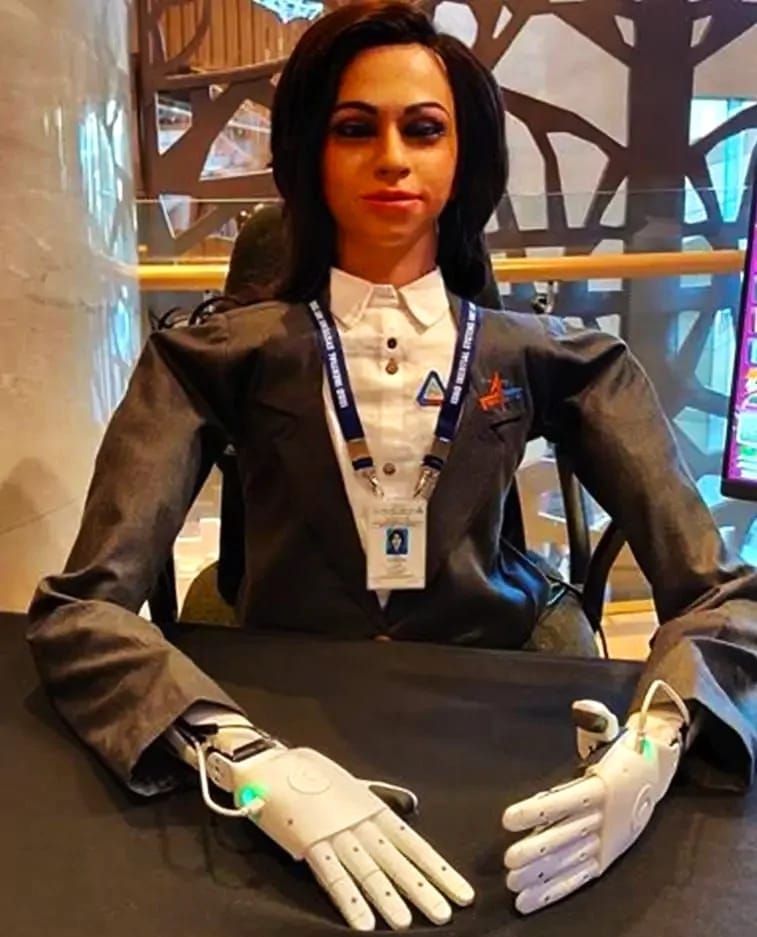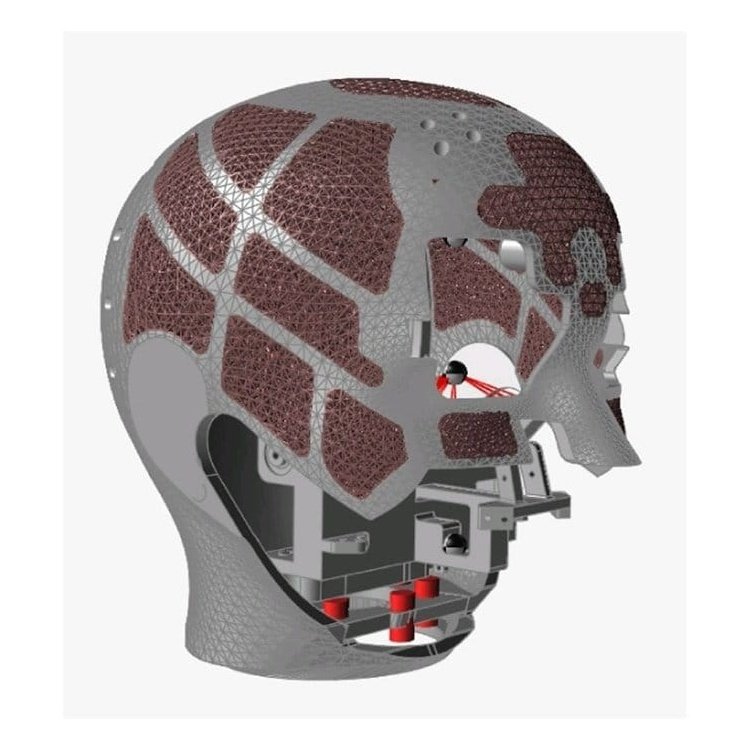ISRO's Humanoid Skull
A Crucial Component of Gaganyaan
Hey, we have started a dedicated channel on Instagram for Industry news related to Space, Rockets, and Aircraft. Join here.
The Indian Space Research Organisation (ISRO), a global leader in space technology, has embarked on a groundbreaking project that could revolutionize space exploration: the development of a humanoid skull. This innovative creation, designed to mimic human responses to the extreme conditions of space travel, is set to play a pivotal role in ISRO's ambitious Gaganyaan mission.
The Humanoid Skull: A Technological Marvel
The Indian Space Research Organisation's (ISRO) uncrewed Gaganyaan mission in 2025 will feature Vyomitra, a female half-humanoid. Humanoids, or half-humanoids, are robotic systems that resemble humans. Vyomitra has movable arms, a torso, a face, and a neck, and can operate independently in space.
The humanoid skull, a meticulously crafted replica of the human cranium, is more than just a model. It is a sophisticated instrument equipped with an array of sensors and data-gathering capabilities. This cutting-edge technology enables scientists to study the effects of space travel on the human body in unprecedented detail.
One of the key components of the skull is its sensor suite. These sensors, strategically placed throughout the model, monitor a wide range of physiological parameters, including:
Brain activity: Electroencephalography (EEG) sensors measure electrical signals generated by the brain, providing insights into cognitive function and potential neurological changes.
Heart rate and rhythm: Cardiovascular sensors track the heart's electrical activity, allowing researchers to assess the impact of spaceflight on cardiovascular health.
Respiratory patterns: Respiratory sensors monitor breathing rate and depth, helping to understand how spaceflight affects the respiratory system.
Head movement: Accelerometers and gyroscopes measure the skull's orientation and movement, providing data on the effects of microgravity on balance and spatial awareness.
In addition to these sensors, the humanoid skull is equipped with a sophisticated data processing system. This system collects and analyzes sensor data, providing valuable insights into the physiological changes that occur during spaceflight. By studying these changes, scientists can identify potential health risks and develop countermeasures to protect astronauts.
The Gaganyaan Mission
The humanoid skull is a crucial component of ISRO's Gaganyaan mission, India's first crewed spaceflight. This ambitious project aims to send three Indian astronauts into orbit for a period of seven days. The data collected by the humanoid skull during this mission will provide invaluable information on the challenges astronauts face in space and help to ensure the safety and well-being of future space explorers.
One of the primary goals of the Gaganyaan mission is to assess the long-term effects of spaceflight on the human body. The humanoid skull will play a vital role in this endeavor by providing a controlled environment in which to study these effects. By understanding the challenges that astronauts face, ISRO can develop countermeasures to mitigate the risks associated with space travel.
The Future of Space Exploration
The development of the humanoid skull represents a significant step forward in India's space exploration program. By investing in innovative technologies and conducting rigorous scientific research, ISRO is paving the way for a new era of human spaceflight.
As India continues to push the boundaries of human exploration, the humanoid skull will play a crucial role in ensuring the safety and well-being of future astronauts. By providing valuable insights into the challenges of space travel, this innovative technology will help to pave the way for sustainable and long-duration missions to the Moon, Mars, and beyond.
Beyond Gaganyaan: Potential Applications
The applications of the humanoid skull extend far beyond the Gaganyaan mission. This innovative technology has the potential to revolutionize a wide range of fields, including:
Healthcare: The data collected by the humanoid skull can be used to develop new treatments for neurological disorders, cardiovascular diseases, and other health conditions.
Robotics: The sensors and data processing capabilities of the skull can be integrated into humanoid robots to improve their ability to interact with humans and perform complex tasks.
Virtual reality: The skull can be used to create more immersive and realistic virtual reality experiences, providing new opportunities for training, education, and entertainment.
As ISRO continues to explore the potential of the humanoid skull, it is clear that this innovative technology has the power to shape the future of space exploration and beyond.




